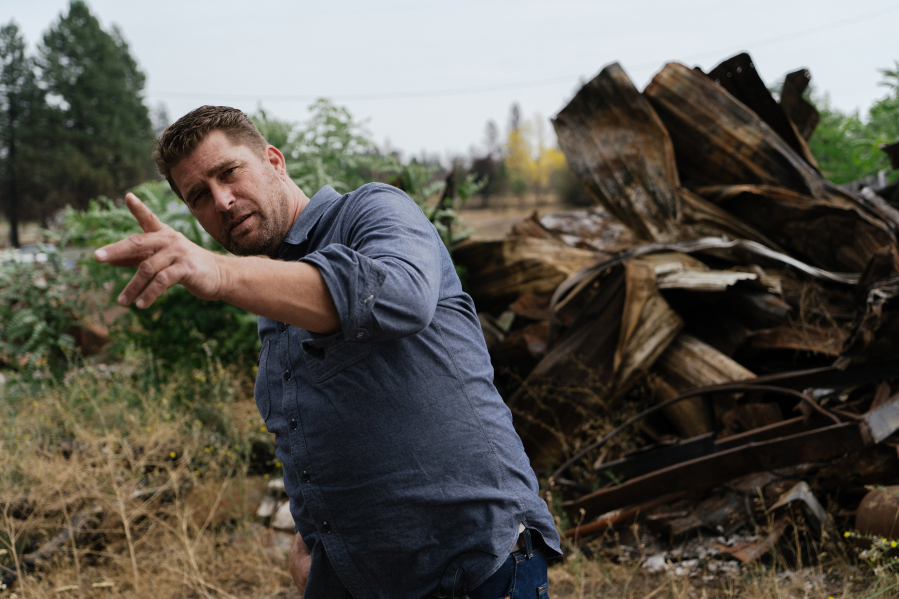MALDEN — Laura Rankin watched a mushroom cloud of smoke balloon from her kitchen window the day fire came.
The sky turned gray and wind swirled unnaturally from the east while birds flew frantically. Smoke and dust blotted out the early afternoon sun above this tiny former railroad town surrounded by tall pine trees and rolling, brittle yellow wheat fields just south of Spokane.
Tree branches swung in the opposite direction and 60 mile-an-hour winds slammed against the wrong side of her house, as if the town had been flipped like a snow globe.
Rankin’s garden — 6-foot-tall hedges and rows and rows of wild homestead roses planted after she lost her husband 11 years ago — made easy kindling for the fire that bulldozed Malden in mere minutes last Labor Day.



